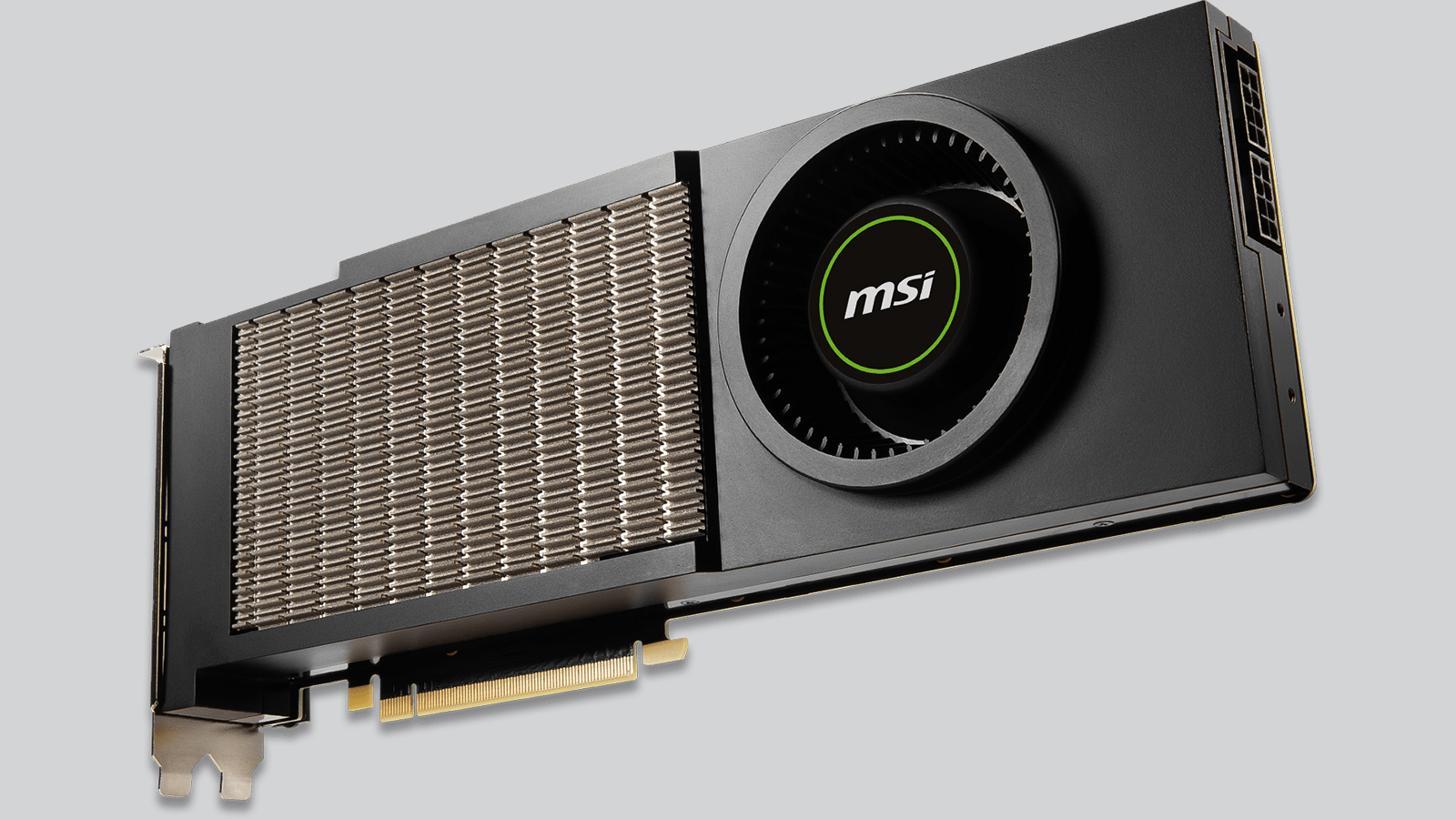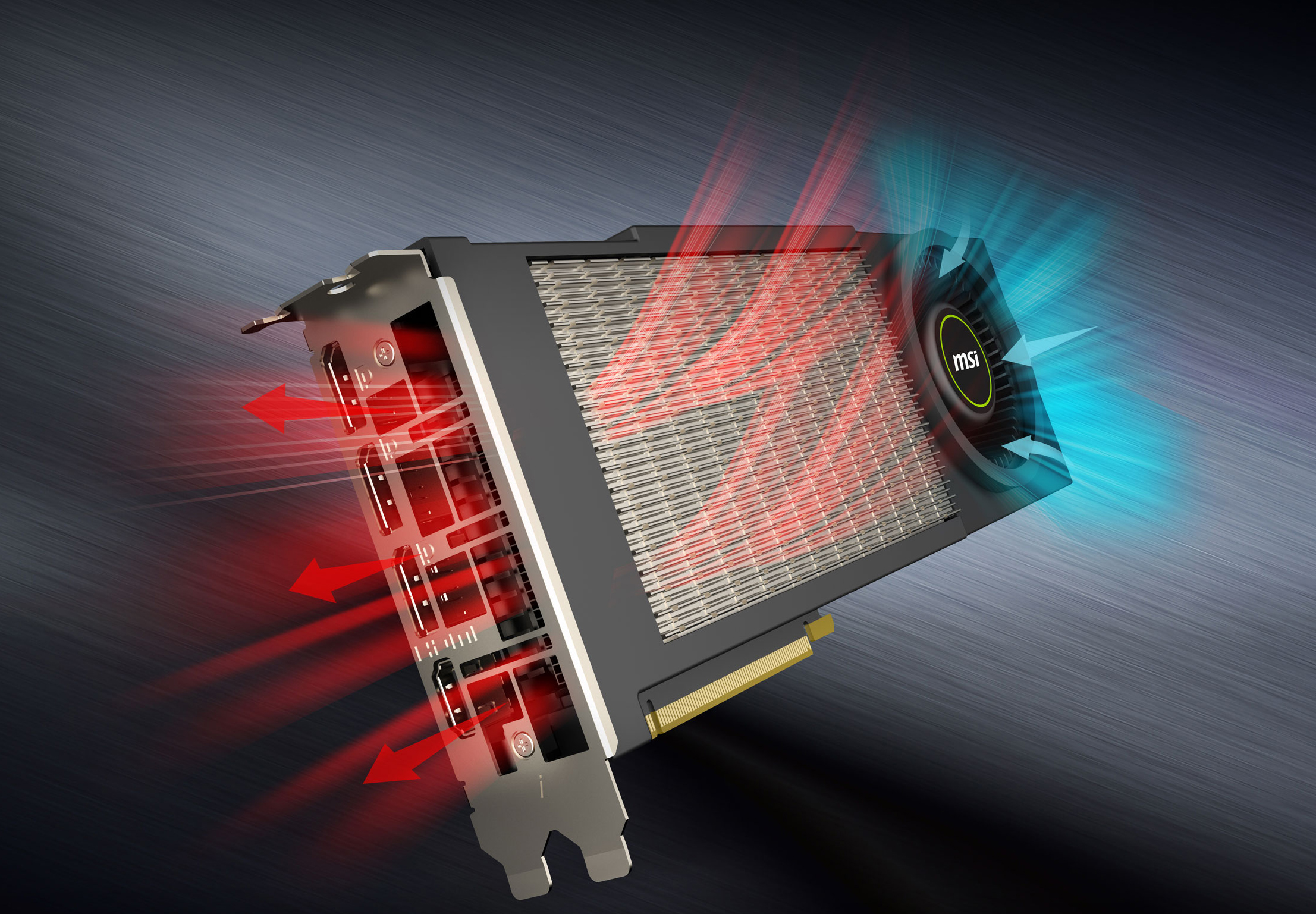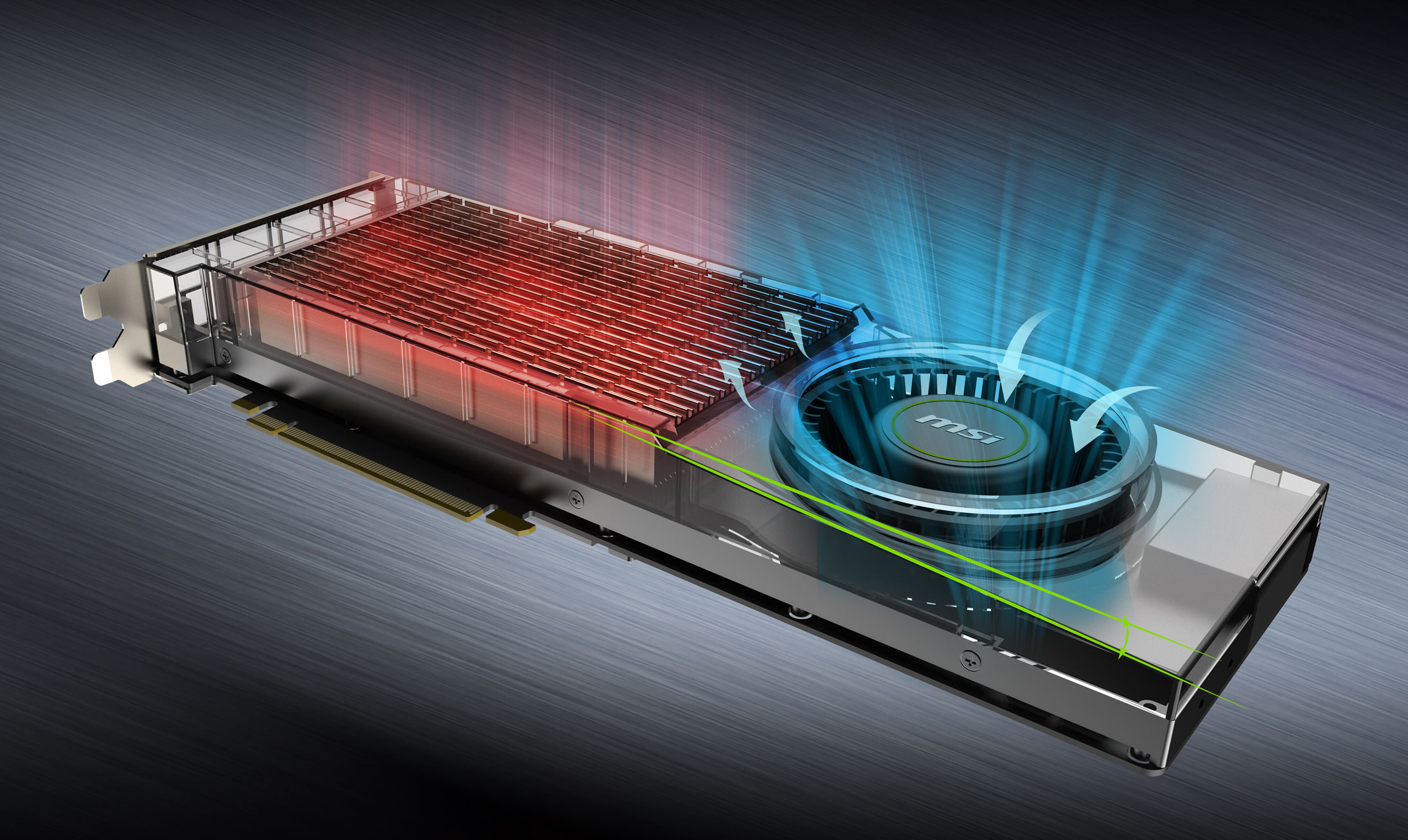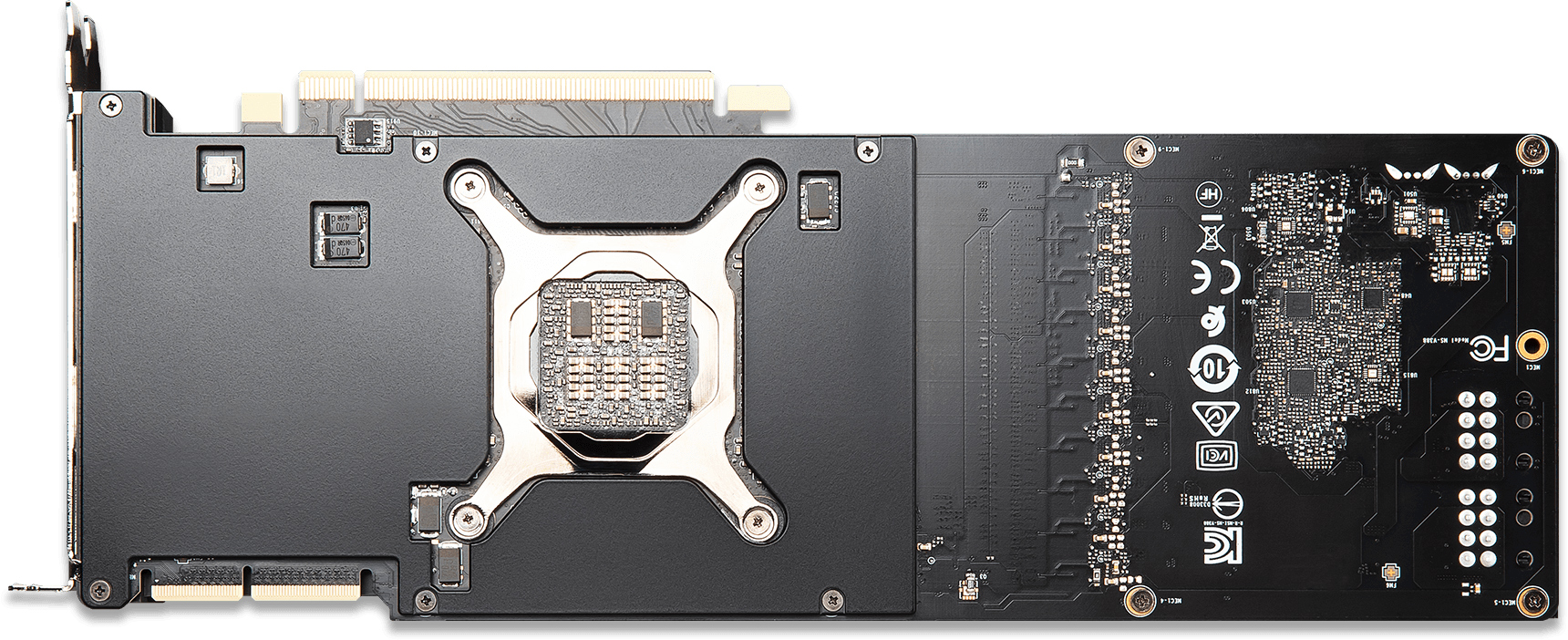MSI's GeForce RTX 3090 Aero 24G Features Fermi-Like Blower
MSI quietly adds GeForce RTX 3090 with a blower-type cooler to lineup.
MSI has quietly added a version of Nvidia's GeForce RTX 3090 graphics card with a blower-type cooler to its product family. Surprisingly, the GeForce RTX 3090 Aero 24G uses a heatsink that resembles Nvidia's coolers used by its GeForce GTX 480 'Fermi' graphics boards from 2010.
Earlier this month Asus introduced its own GeForce RTX 3090 graphics card with a more traditional closed blower-type cooler.
Blower type closed coolers first emerged on graphics cards back in 2003 with the arrival of Nvidia's GeForce FX 5800 Ultra add-in-board (AIB). Such coolers turn very loud when a GPU is under high loads, which is their obvious drawback. But they have two indisputable trumps: they are relatively small and they exhaust hot air generated by the GPU outside the PC preventing other components from overheating. Nowadays most enthusiasts use spacious chassis with multiple fans, so even a high-end graphics card with a ~300-Watt TDP cannot cause much trouble. Yet, there are PC makers and DIYers who prefer blowers for their dimensions, minimalist look, and lower temperatures inside the case.
Indeed, MSI's GeForce RTX 3090 Aero 24G looks rather minimalistic, yet it is 30 cm long. The dual-slot design of the cooling system ensures that the card does not block adjacent slots and makes it easier to install a couple of GeForce RTX 3090 Aero boards and connect them with NV-Link. Yet, the cooler has a peculiarity.
Since MSI's RTX 3090 Aero 24G does not use a closed cooler that exhausts all the hot air outside the chassis, some of the hot air is exhausted through the heatsink and therefore remains in the box. In general, this may be considered as an advantage since such a design maximizes performance of the cooler without increasing rotational speed of the blower. Meanwhile, not all hot air is exhausted outside. This might not be a huge problem with one graphics card installed, but this may create some challenges for setups with multiple AIBs. Just like other GeForce RTX 3090 boards, MSI's Aero variant is equipped with a backlpate to cool down memory on the back and ensure rigidness, which does not cover the whole board presumably not to make the card thicker on the back.
MSI's GeForce RTX 3090 Aero 24G uses a proprietary printed circuit board design yet runs at frequencies recommended by Nvidia: up to 1695 MHz for the GA100 GPU with 10496 CUDA cores as well as 9750 MHz (19.5 Gbps) for 24GB of GDDR6X memory. The card uses two 8-pin PCIe auxiliary power connectors and has four display outputs (three DisplayPort 1.4a connectors and one HDMI 2.1 port).
MSI has not announced MSRP of the GeForce RTX 3090 Aero 24G, but expect its price to be in the same ballpark with other RTX 3090 models.
Get Tom's Hardware's best news and in-depth reviews, straight to your inbox.

Anton Shilov is a contributing writer at Tom’s Hardware. Over the past couple of decades, he has covered everything from CPUs and GPUs to supercomputers and from modern process technologies and latest fab tools to high-tech industry trends.




